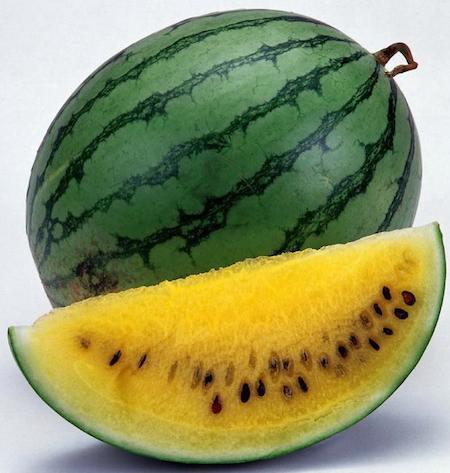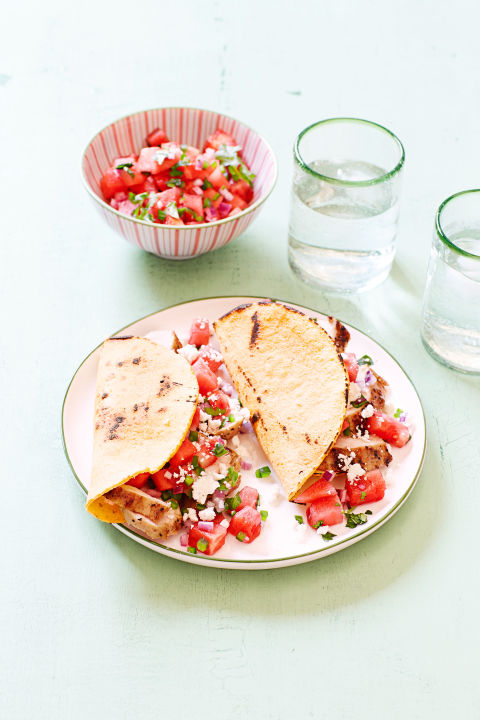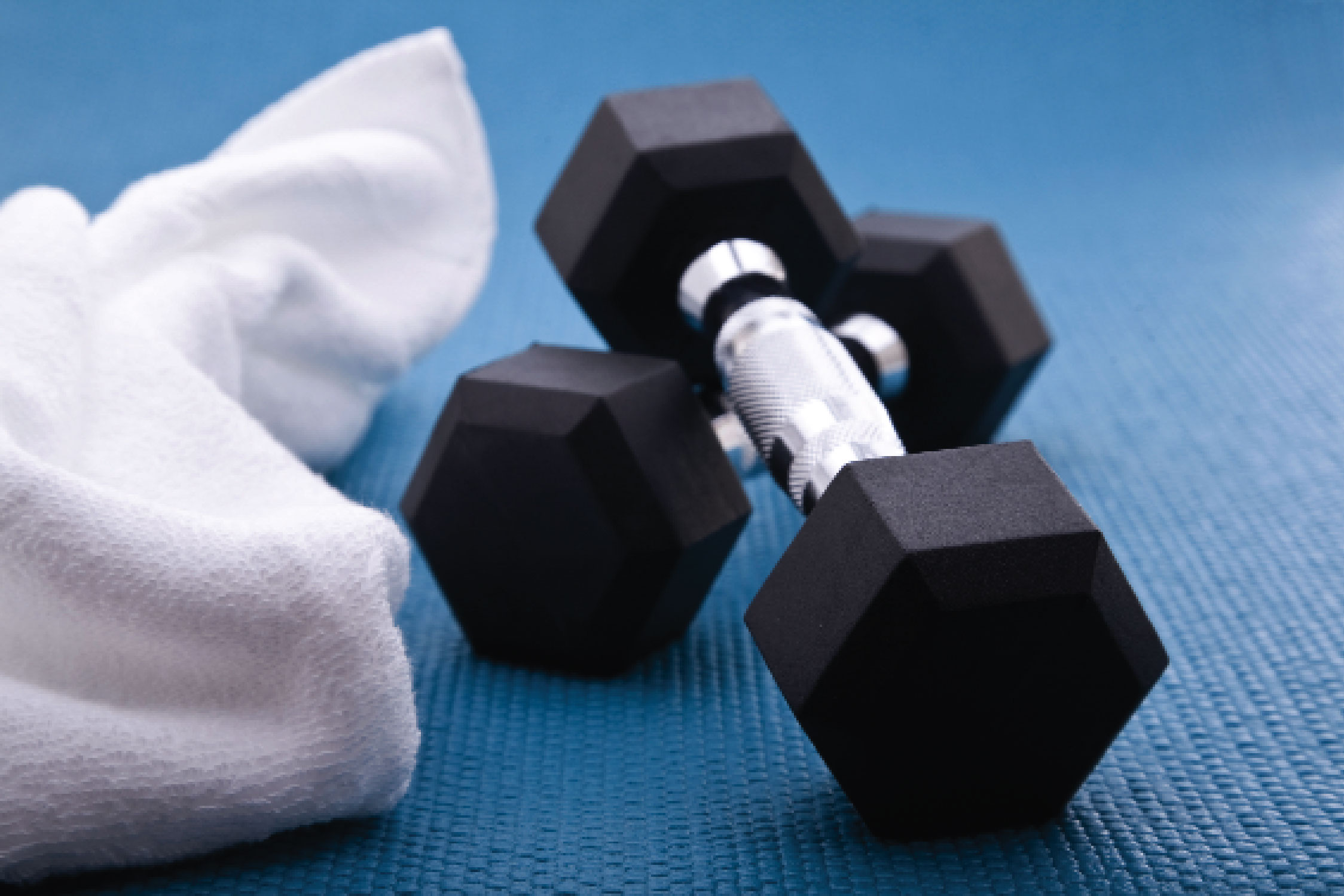Healthy Gut Series – Part 8
Good Morning Everyone!
Here is the final email in the Healthy Gut Series!!

Probiotic Guide:
Probiotic vs. Prebiotic
Probiotics are, for the most part, bacteria that reside in our intestinal tract. Other types of probiotics are yeast. Probiotics get into our intestines from foods we eat or supplements. There are many types of probiotics, and each one behaves a bit differently in our gut. Any food that is cultured or fermented has probiotics.
Foods with probiotics include:
- Yogurt, kefir, and buttermilk
- Kombucha (a fermented tea that is gaining in popularity in the U.S.)
- Aged cheese such as cheddar, gouda or parmesan
- Sauerkraut, kimchi and other pickled versions of veggies
- Pickles
- Microalgae (ocean-based plants such as spirulina, chorella, and blue-green algae)
- Miso (fermented barley, soy or rice)
- Tempeh (fermented soy)
Unlike probiotics, prebiotics are not alive. Most prebiotics are some form of fiber. Our body does not digest fiber, but the bacteria in our gut, including the probiotics, digest the fiber. Prebiotics are essentially food for our probiotics.
Foods with prebiotics include:
- Raw chicory root (top source with almost 60% fiber)
- Raw Jerusalem artichoke
- Raw garlic, leeks and onions
- Whole wheat
- Fruits and vegetables
- Legumes
*The best way to consume probiotics and prebiotics is via food, not supplements!
For more information on their differences, visit: http://blog.fooducate.com/2013/09/09/this-simple-graphic-explains-the-difference-between-probiotics-and-prebiotics/
Probiotic Supplements and their Costs:
Top 10 Probiotic Supplements according to LabDoor.com:
- SureBiotics ($39.99 – 60 day supply auto-ship or NO auto-ship $64.99)
- Renew Life Ultimate Flora Critical Care ($27-30)
- NOW Foods Probiotic-10 (~$30)
- Healthy Origins Probiotic (~$20)
- Dr. Mercola Complete Probiotics (~$73)
- Nutrition Now PB8 (pack of 2 is about $30 on amazon)
- Sedona Labs iFlora Multi-Probiotic (~$17 on amazon, ~$40 in a drugstore)
- Culturelle Digestive Health Probiotic (for a box of 80 capsules at Costco $30)
- GNC Ultra 50 Probiotic Complex ($30-35)
- Puritan’s Pride Premium Probiotic 10 (1 for $30, or 3 for $36 if you buy through their website)
- Bio-Kult Advanced Probiotic ($42 on amazon)
For more information visit: https://labdoor.com/rankings/probiotics
*Better Health Store has several that are refrigerated!
Shelf vs. Refrigeration
Refrigerated products are more likely to retain their potency but there are some non-refrigerated probiotic pills, particularly those with specific technology to protect the bacteria from heat, light and oxygen, can also remain viable for an extended period of time.
Manufacturers of high-quality, non-refrigerated probiotic products place a guarantee of probiotic content at the time of manufacture. They should also include an expiration date. Whether selecting a refrigerated or non-refrigerated product, retailers should steer customers toward a pill with a high dose of probiotics, and preferably one that also contains prebiotics. This helps ensure viable amounts of bacteria remain at the time of purchase.
For more information visit: http://newhope360.com/ingredients-general/secret-shopper-whats-difference-between-shelf-stable-and-refrigerated-probiotics








